As 2024 winds down, it’s clear that Australia’s renewable energy sector is making progress but also facing critical challenges that demand urgent attention in 2025. From solar power’s dominance to the rapidly expanding role of battery storage, we’ve seen growth in key areas. However, there are lessons to be learned about how to move faster, overcome barriers, and create a more reliable, cost-effective, and sustainable energy system.
1. Batteries Are the Backbone, But the Job Isn’t Done Yet
In 2024, Australia is seeing an unprecedented boom in utility-scale battery storage projects. With more than 7.8 GW of large-scale batteries under construction and record-breaking amounts of capacity being added, batteries have quickly become the heart of our energy transition. But despite this rapid growth, we still have a long way to go to enable renewable domination of the energy market.
Batteries are a game-changer because they stabilise the grid during peak hours and smooth out the intermittent nature of solar and wind energy. However, we can’t ignore the obstacles: regulatory hurdles, market inefficiencies, and a lack of comprehensive data and analysis to guide deployment. While prices are dropping and the technology is maturing, we need more cohesive policy support and smoother integration into the grid.
At ACLE, we’ve seen firsthand how hybrid projects—solar and storage working together—are transforming energy efficiency and reducing costs. But we need to keep pushing to streamline deployment and make these systems more scalable and accessible.
2. Long-duration storage is the missing link
We’ve made great progress in short-duration battery storage, but Australia needs to take long-duration storage solutions more seriously. While short-duration systems can help with daily fluctuations, they can’t store energy for long periods—like overnight or during the winter months when renewable output dips.
Long-duration storage, which can hold energy for 8+ hours, is essential for ensuring a consistent supply of renewable power around the clock and overnight. The NSW government is leading the way here, with ambitious targets for long-duration storage, – 16 GW hours of long duration storage by 2030 to be exact.
Other states must follow suit. Without these solutions, we’re leaving a big gap in our ability to meet the demands of a fully renewable grid.
3. Solar is dominating, but the grid needs to be able to handle it
Solar energy continues to be the dominant source of renewable power in Australia, contributing a massive share of the National Electricity Market’s (NEM) renewable generation. As of early 2024, solar farms have seen a 13.5% increase in electricity generation compared to the same period in 2023. However, while these numbers are promising, we’re not moving fast enough.
The infrastructure to support solar—especially the grid—is struggling to keep up. In some states, like Victoria, we’ve seen warnings that solar power output could overwhelm the grid during sunny conditions. This points to a larger issue: our transmission and distribution systems need significant upgrades to handle the influx of solar energy.
Additionally, we need to address rising costs in the solar sector, including the impact of commodity prices, shipping delays, and financing challenges. As EPCs, we’re constantly innovating to reduce costs and improve efficiency, but a clearer and more consistent policy environment is needed to push the industry forward.
4. The approval process needs to be faster and smarter
There’s a clear need for faster project approvals, especially as the pressure mounts to meet 2030 and 2050 targets. At ACLE, we’ve seen firsthand the effects of slow approval processes—projects that should be moving forward get bogged down in red tape, leading to delays and lost investment.
While solar projects have seen a higher rate of approval, other renewable technologies like wind and large-scale batteries are still held up by lengthy bureaucratic procedures. This is a real problem. In states like Queensland, wind projects are delayed for up to 190 days, and in NSW, solar farms are taking 705 days, according to the Clean Energy Investment Group.
This doesn’t just mean more financial setbacks; it also means states losing out on investments to other states and, in some cases, to other countries.
The government is working on speeding up approvals, but this needs to be paired with more robust community engagement. There’s been pushback from some local communities who feel their concerns aren’t being heard. We need a more collaborative approach to project development that balances national energy goals with local interests.
We also need to revisit the proposed solutions from Andrew Dyer’s Community Engagement Review to assess whether the policy has directly improved developer community engagement. If we fail to engage effectively with these communities, we risk further delays and roadblocks.
Challenges and opportunities for EPCs
As an EPC in the renewable energy space, 2024 has been a year of both challenge and opportunity.
At ACLE, we’re delivering multiple large and mid-scale solar and battery projects across Australia, and our workforce has expanded on the frontlines and in the back office to meet the growing demand for renewable energy expertise. The quality of our work has improved, driven by new technologies and better project management practices.
There is also increasing investment from commercial players, and the industry is maturing rapidly. We’re seeing an increased focus on safety, quality, and meeting the high expectations set by institutional investors. This is a positive sign for the future of the sector, but it also means we need to continually raise the bar in terms of project execution and workforce capability.
A Wake-up call
2024 is a wake-up call for all of us in the renewable energy industry. We’ve made impressive progress, but we’re far from where we need to be to meet our ambitious targets. To accelerate our transition to a clean energy future, we must:
- Speed up the deployment of renewable energy, especially solar and storage systems (and ensure the grid is stable enough for the influx of solar output)
- Address long-duration storage solutions to stabilise the grid and ensure energy reliability
- Streamline approval processes without compromising on community engagement
- Foster policies that encourage innovation and investment
The good news is that the potential is there. With the right investments, smarter policies, and a collaborative approach, we can build the foundation for a more reliable, and cost-effective energy system. But time is of the essence, and 2024 has shown us that we can’t afford to slow down. It’s time to work harder and smarter.
Author: Brenton Moratto, Co-founder of ACLE
The views and opinions expressed in this article are the author’s own, and do not necessarily reflect those held by pv magazine.
This content is protected by copyright and may not be reused. If you want to cooperate with us and would like to reuse some of our content, please contact: editors@pv-magazine.com.
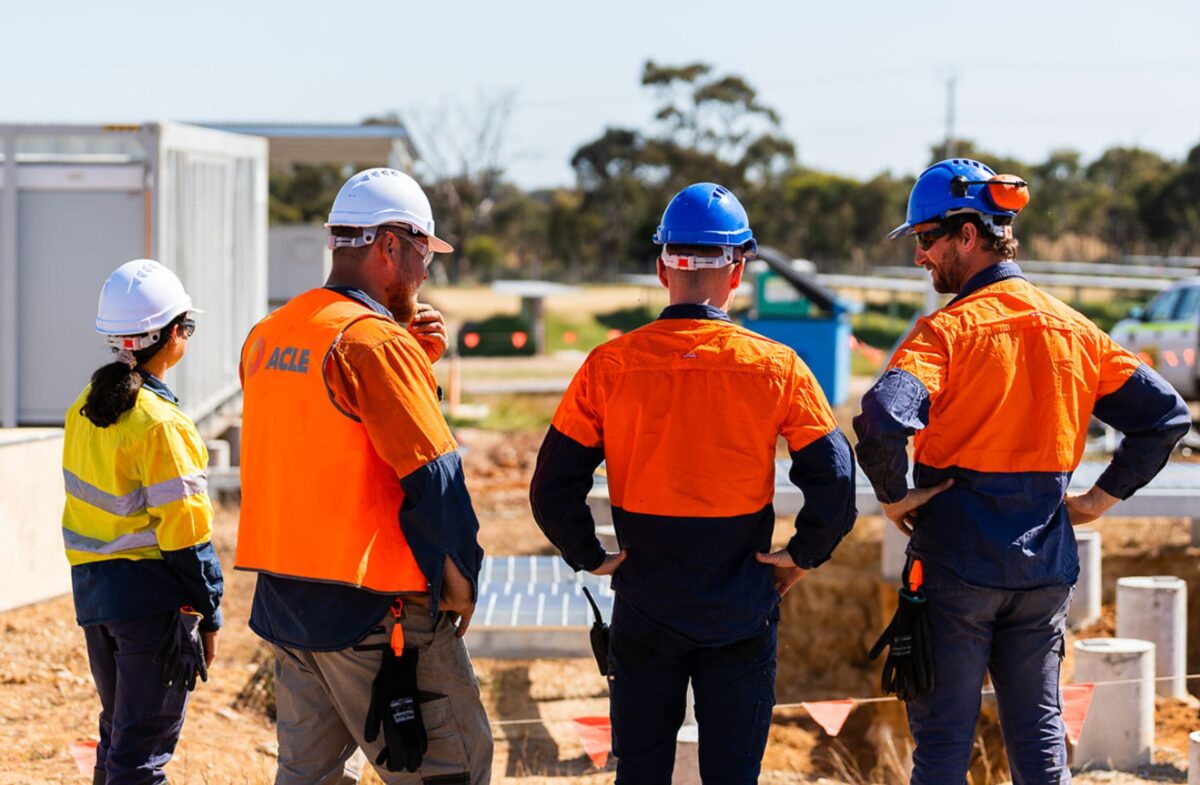
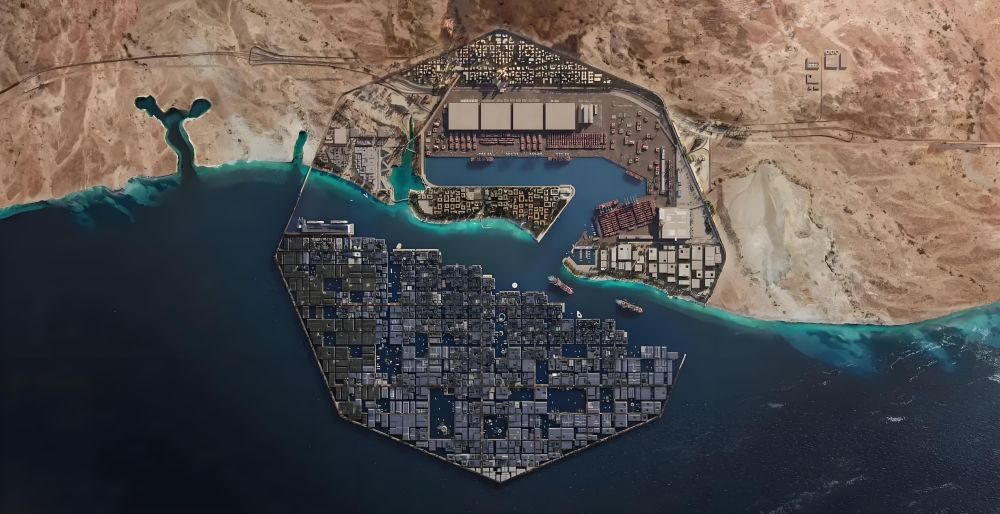

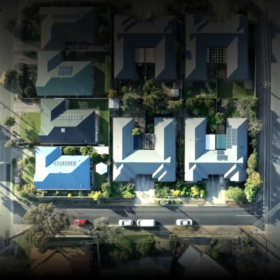
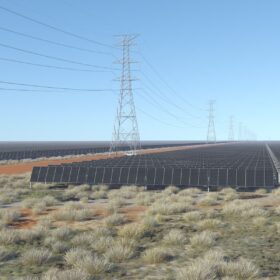
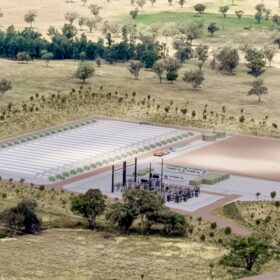
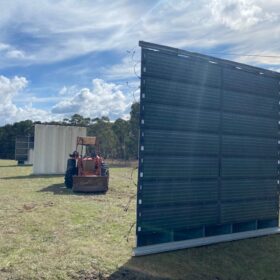
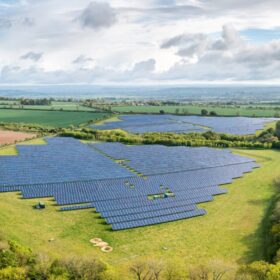
By submitting this form you agree to pv magazine using your data for the purposes of publishing your comment.
Your personal data will only be disclosed or otherwise transmitted to third parties for the purposes of spam filtering or if this is necessary for technical maintenance of the website. Any other transfer to third parties will not take place unless this is justified on the basis of applicable data protection regulations or if pv magazine is legally obliged to do so.
You may revoke this consent at any time with effect for the future, in which case your personal data will be deleted immediately. Otherwise, your data will be deleted if pv magazine has processed your request or the purpose of data storage is fulfilled.
Further information on data privacy can be found in our Data Protection Policy.